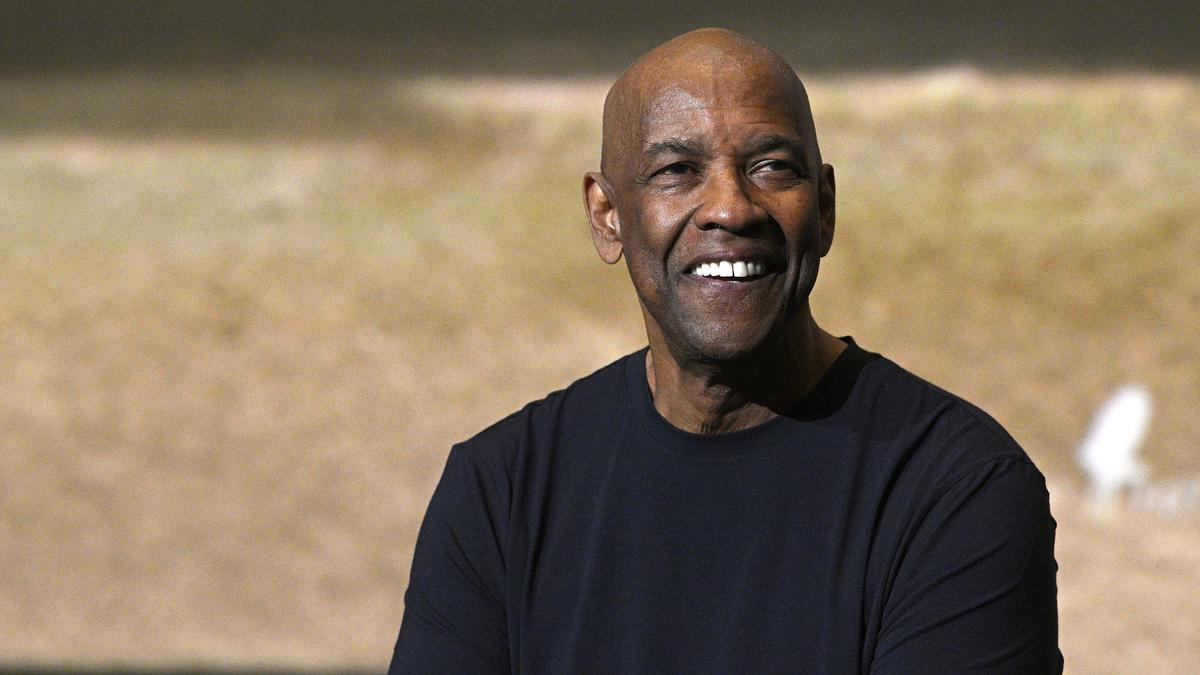
Director Jayprad Desai is no stranger to transitioning between different genres. Having journeyed through the sports drama “Kaun Pravin Tambe” in 2022 and the spy thriller “Mukhbir” the same year, Desai has now ventured into a world teeming with love, betrayal, and murder. This complex landscape has been vividly captured in his latest film, “Phir Aayi Hasseen Dillruba,” starring Taapsee Pannu and Vikrant Massey. The director reveals that it was the reckless and forbidden allure of this world that drew him to the project, despite it being far removed from his personal experiences. “What attracted me was the almost recklessness of its world. It’s so forbidden that it is exciting, which is also what pulp offerings are. The film’s sheer audacity drew me to it, even though it was far removed from who I am,” Desai remarked.
The Netflix romantic thriller continues the tumultuous story of Pannu’s character Rani and Massey’s Rishu as they evade the law and encounter new complications in the form of Sunny Kaushal’s character, Abhimanyu. Desai, diving deep into Kanika Dhillon’s intricate storytelling, made it his mission to humanize each flawed character. These characters, he believes, embody the devilish yet real aspects of humanity. “To humanize characters in a pulp is a challenge because deep down, however colourful they may be, they are people like us. It’s the devilish side of us that they beckon. So, I was sensitive to that. I wanted to explore the humanity of these seemingly outrageous people. We were dealing with something so outrageous that the fear was that we could get carried away and make it completely unreal,” Desai explained.
This aspirational attempt to ground seemingly outrageous characters plays a pivotal role in making them relatable and surprisingly easy to root for, a characteristic Desai finds particularly exciting. The world of “Phir Aayi Hasseen Dillruba” is unapologetically flawed—a trait Desai insists should be celebrated rather than defended. “They belong to a world where everyone is flawed. We have to celebrate that unapologetically because that’s what this world represents. We aren’t defending their action. The idea is to make them human,” he added.
The compelling writing alongside the lead actors’ exceptional talent played a crucial role in bringing these complex characters to life. Desai commends his actors, including Sunny Kaushal, who was a newcomer to the franchise, for their portrayal of characters depicting a wide range of emotions from desire and obsession to helplessness and deviousness. “These actors were absolutely delightful.
. This is the process you enjoy the most. It’s a fun jugalbandi that goes on between you and the actors. Taapsee and Vikrant have been there since the first film, but Sunny was new and something to watch out for. Both he and his character had immense potential,” Desai said with appreciation.
Delving deeper into the directorial approach, Desai further commented on the nuances of creating a world that is at once grounded in reality yet colored with pulp fiction elements. “Our goal was balancing the script’s inherent outrageousness with a touch of humanity. That required a delicate approach. Characters may appear larger than life, but it’s vital to retain their core as fundamentally human. That’s the key—keeping them real amidst the audacity,” he shared.
The screenplay, penned by Kanika Dhillon, plays a pivotal role in this careful balancing act. Desai emphasized the importance of maintaining narrative coherence, especially when dealing with morally ambiguous characters. “The writing had to be sharp and multi-dimensional. These characters are imbued with complex shades that need to be fleshed out accurately to resonate with the audience. It’s their imperfections that make them compelling,” he stated.
Desai’s vision shines through not only in how he handles the story’s pivotal scenes but also in his collaborative approach with the actors. Each scene is a collaborative effort where spontaneity meets meticulous planning. “There were moments of improvisation, which added layers to the characters, making them even more relatable. It’s this spontaneous energy that makes the film dynamically engaging,” Desai noted.
Moreover, Desai’s dedication extends to the minute details, from aesthetic choices to thematic elements, to ensure authenticity without compromising the thrill. “Every frame, every dialogue was dissected and discussed to ensure it aligned with our goal of creating an immersive yet believable world. We didn’t want the film to lose its essence amidst the theatrics,” he mentioned.
In summary, “Phir Aayi Hasseen Dillruba” stands as a testament to Jayprad Desai’s dedication to capturing the intricacies of human nature within a pulp framework. By celebrating the flawed and making them relatable, Desai has created a narrative that is as provocative as it is human, ensuring that audiences are not only entertained but also deeply engaged. This humanization within a seemingly unreal world remains Desai’s signature, adding a layer of depth and sincerity to the pulp fiction genre.










